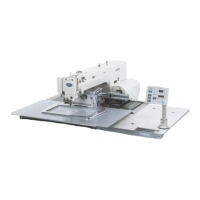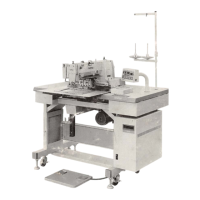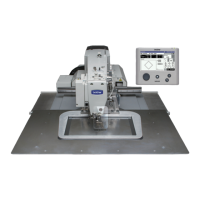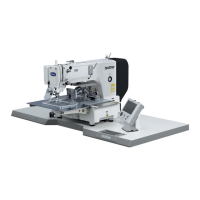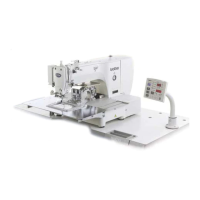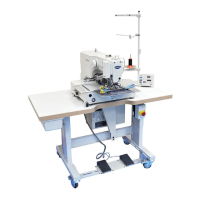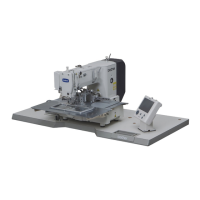How to fix uneven upper thread trailing length on Brother BAS-342G?
- CCaroline HenrySep 4, 2025
Uneven upper thread trailing length can result from: * Incorrect thread take-up spring tension and height; adjust the tension and height of the thread take-up spring. * Sub-tension being too weak; turn the sub-tension nut to adjust the tension. * The fixed knife not cutting cleanly; sharpen the fixed knife or replace it with a new one.








